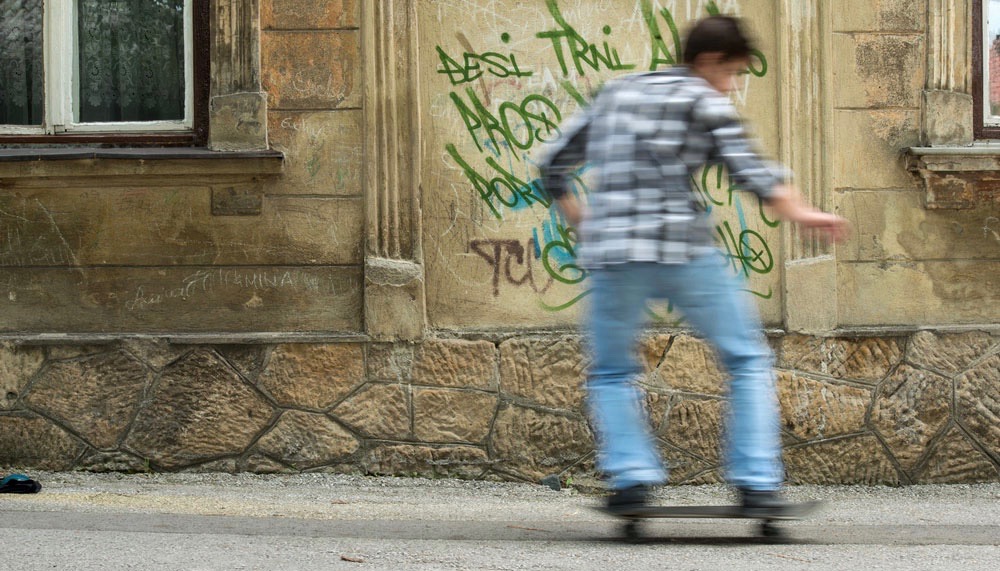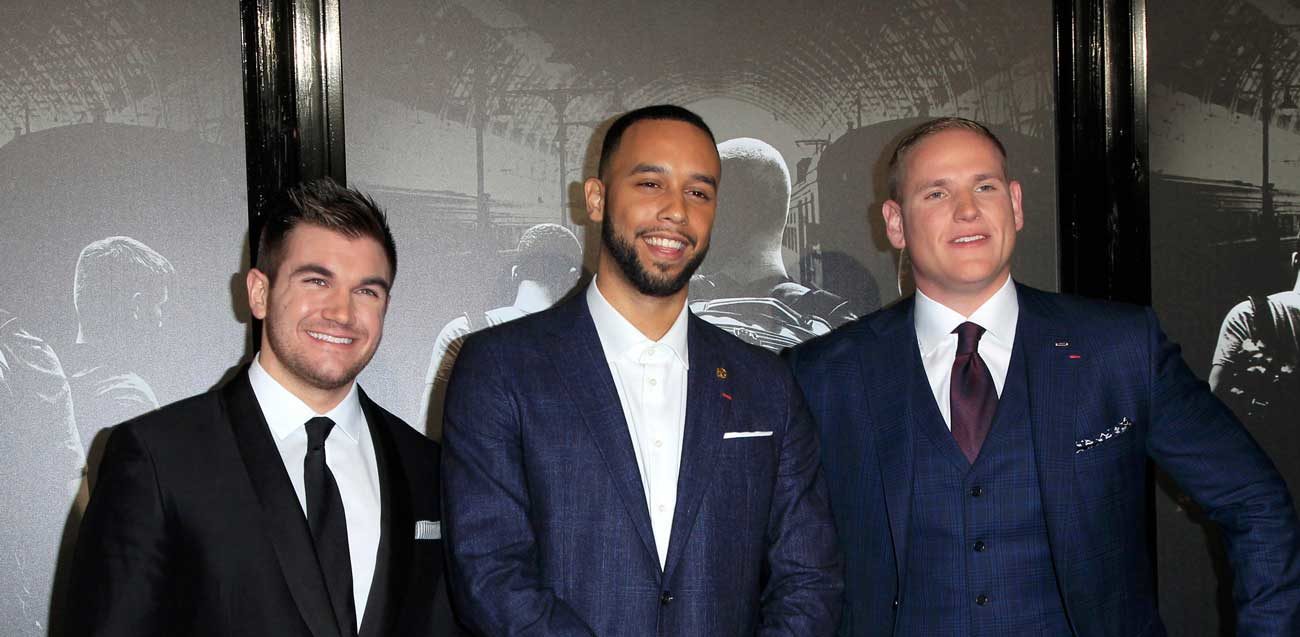
Youth expert Chris Hudson offers advice on how to ensure that adolescent boys engage in safe risk-taking.
Taking risks is part of life. It is most definitely part of growing up.
Risk-taking falls into two categories: healthy and unhealthy. Part of your role is to encourage your son to risk-take in safe environments and equip him to avoid taking risks in dangerous situations.
Healthy Risk-Taking
A healthy risk presents your son with a rewarding and relatively safe challenge that has the possibility of failure. These include sporting activities, artistic and creative pursuits (theatre, dance, music), volunteer activities, travelling, making new friends, or entering competitions (academic or athletic).
Unhealthy Risk-Taking
Unhealthy risks include trolling on social media or sexting, inappropriate sexual activity, smoking, substance abuse, stealing, gang activity, wagging school, fighting or driving too fast.
As parents, we can often interpret our teenager’s risk-taking as an act of rebellion, but it rarely is. Risk-taking in adolescence actually has much more to do with physiological development, identity formation and self-definition than it does with making a statement about parents or society.
Brain Development
Through various studies and research into the adolescent brain, risk-taking behaviour has been attributed to the asymmetrical development in different parts of the teenage brain.
The pre-frontal cortex is the part of the brain that governs executive functions, such as reasoning, critical thinking, and exercising self-control.
The pre-frontal cortex develops later than the amygdala, which controls our emotional, more primal urges.
Basically, boys of this age will often respond on impulse rather than think practically and consider the ultimate consequences of their decision.

Testosterone
During adolescence, boys’ testosterone levels increase significantly, and this increased testosterone can fuel a boy’s appetite for unhealthy risk-taking.
Higher testosterone levels in boys have been linked to greater sensation seeking, increased aggression, and higher sexual drive – all of which reflect the unhealthy risk-taking actions listed above.
Peer Pressure
Teenage boys have a strong need to be accepted and affirmed by their peers. Sometimes referred to as the ‘cool factor’, this need for acceptance can often result in adolescent boys choosing to take unhealthy risks in order to impress or to be accepted by the group.
Research has found that peer pressure activates the reward receptors in the brain in a drug-like way. The ‘applause’ of a captive audience stimulates the reward receptors in the brain.
7 Tips to Help Reduce your Son’s Unhealthy Risk-Taking
While there are some biological considerations when it comes to teenage boys and risks, there are still things you can do:
- Encourage him to take healthy risks. Involvement in competitive sport, artistic performances, physically challenging hobbies, and trying new experiences, can all work to satisfy the various drives for stimulation boys have, but in healthy and constructive ways.
- Maintain a strong, healthy relationship with your son. Teenagers who have good relationships with their parents are less susceptible to the negative influences of peer pressure. Similarly, when teenage boys have parents who will talk to them openly and honestly about sex, drugs and alcohol, and shared values, they are shown to engage in less risk-taking behaviour.
- Engage in thrill-seeking behaviour with your son. Find an activity that is fun and stimulating for him, then do it together, as often as you can. Going to gym, running or riding together, playing in a mixed sporting team, or going hiking and camping all create an environment that promotes healthy risk-taking and an open relationship.
- Monitor your son: know where he is and who he is with. You might feel like you are being a drag at times, but when boys know their parents are aware and watching it has a protective effect. Monitoring enables you to better regulate the contexts in which your son socialises and limit his exposure to situations where he is more prone to taking unhealthy risks.
- Discuss risk-taking with your son to help him learn how to evaluate risks and anticipate the consequences of his choices. Young teenagers in particular may not always be aware of the risks associated with certain behaviours or situations.
- Equip your son with the skills to say no in situations where he is likely to be pressured into taking unhealthy risks. Teach him creative ways to say no that allow him to save face with peers in pressure situations, for instance:
‘That stuff makes me sick.’
‘I can’t stay; I’ve got to help my parents with something.’
‘Go ahead if you want to kill yourself – I don’t want to.’
‘Dad found out I was drinking last weekend and I’ll be grounded if I get caught again.’
- Model good risk-taking patterns. If the adults around your son model unhealthy risk-taking in their daily lives, it is likely to influence how he takes risks. Remember, your son may say he doesn’t want to be like you but he is constantly watching and imitating.
Chris Hudson is a youth expert, parenting coach and the editor of Understanding Teenagers. Find him at understandingteenagers.com.au
This article first appeared on the Understanding Boys website of Brighton Grammar School. You can read the original here.
Like this post? Please share using the buttons on this page.
Subscribe to The Parents Website


